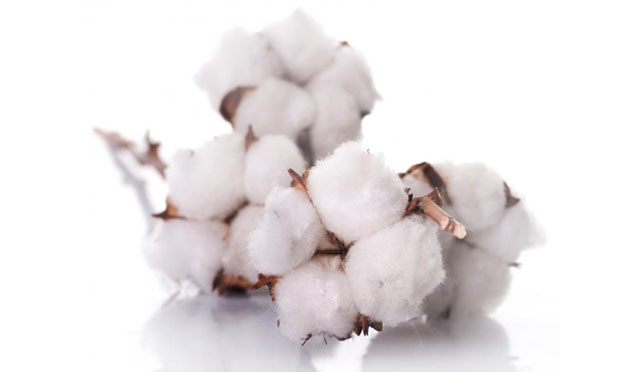
Cotton Wear
Category: Cotton Wear
Cotton is a soft, fluffy staple fiber that grows in a boll, or protective case, around the seeds of the cotton plants of the genus Gossypium in the mallow family Malvaceae. The fiber is almost pure cellulose. Under natural conditions, the cotton bolls will increase the dispersal of the seeds.
What is Cotton ?
Cotton is a soft, fluffy staple fiber that grows in a boll, or protective case, around the seeds of the cotton plants of the genus Gossypium in the mallow family Malvaceae. The fiber is almost pure cellulose. Under natural conditions, the cotton bolls will increase the dispersal of the seeds.
The plant is a shrub native to tropical and subtropical regions around the world, including the Americas, Africa, and India. The greatest diversity of wild cotton species is found in Mexico, followed by Australia and Africa. Cotton was independently domesticated in the Old and New Worlds.
The fiber is most often spun into yarn or thread and used to make a soft, breathable textile. The use of cotton for fabric is known to date to prehistoric times; fragments of cotton fabric dated from 5000 BC have been excavated in Mexico and between 6000 BC and 5000 BC in the Indus Valley Civilization. Although cultivated since antiquity, it was the invention of the cotton gin that lowered the cost of production that led to its widespread use, and it is the most widely used natural fiber cloth in clothing today.
The Greeks and the Arabs were not familiar with cotton until the Wars of Alexander the Great, as his contemporary Megasthenes told Seleucus I Nicator of "there being trees on which wool grows" in "Indica". This may be a reference to "tree cotton", Gossypium arboreum, which is a native of the Indian subcontinent.
(According to the Columbia Encyclopedia)
Egypt under Muhammad Ali in the early 19th century had the fifth most productive cotton industry in the world, in terms of the number of spindles per capita. The industry was initially driven by machinery that relied on traditional energy sources, such as animal power, water wheels, and windmills, which were also the principle energy sources in Western Europe up until around 1870. It was under Muhammad Ali in the early 19th century that steam engines were introduced to the Egyptian cotton industry.
By the time of the American Civil war annual exports had reached $16 million (120,000 bales), which rose to $56 million by 1864, primarily due to the loss of the Confederate supply on the world market. Exports continued to grow even after the reintroduction of US cotton, produced now by a paid workforce, and Egyptian exports reached 1.2 million bales a year by 1903.
Our COTTON Products
- All
- Bandelette
- Boxer



